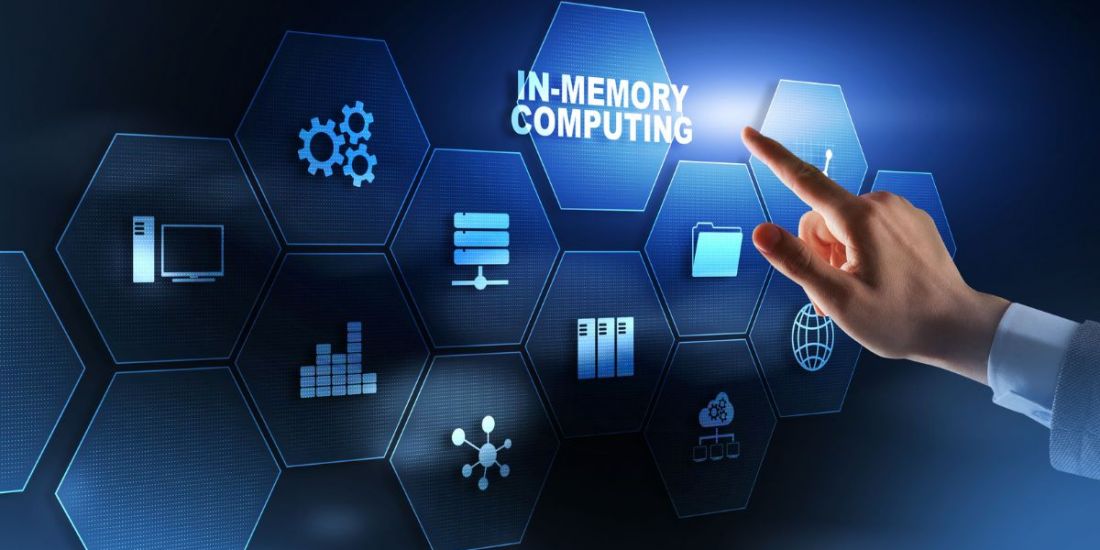
Connected cars and V2V communication
 Today’s vehicles come pre-equipped with new technology that helps us connect our lives in many ways. It can connect our phones, our homes, and now it can even connect us to other cars on the roadways.
Today’s vehicles come pre-equipped with new technology that helps us connect our lives in many ways. It can connect our phones, our homes, and now it can even connect us to other cars on the roadways.
Car to car communication, also known as V2V (vehicle-to-vehicle) communication, can take a great number of forms. At its most basic it’s a way for cars within a certain range to let each other know of any dangers, and at its most advanced is a massive network that operates like the Internet of Things for cars.
Cars are connected through sensors and communication technologies similar to Wi-Fi, and all this is dedicated to one cause: saving lives. V2V is a safety feature that allows cars to broadcast their position, speed, and other data to surrounding vehicles.
While many vehicles may have radar or other means to detect obstacles, the V2V communication system allows the cars to work together to build an accurate map of what is occurring in real time. This can help drivers get notified of trouble that they might not anticipate.
When we think of connected cars, it’s common to think of something that exists in the distant future, where cars are driving themselves and as such need to know what’s happening on the road. However, connected cars have applications beyond self-driving.
Unfortunately, people break the rules of the road all the time, and sometimes there’s just no way to anticipate a potential incident. But the technology that can warn drivers of an impending accident could help put an end to accidents caused by reckless drivers. Not only that, but this technology will appear in our cars within the next few years.
- IOT and connected cars
Connected cars will be the ultimate Internet of Things as they will be collecting and making sense of massive amounts of data from a huge array of sources. Cars will “talk” to other cars, exchanging data and alerting drivers to potential collisions. At the same time, cars will communicate with sensors on signs or stoplights, bus stops, even ones embedded in the roads to get traffic updates and rerouting alerts.
To do all that, they need the cloud because connected cars need lots of data. Automobiles today are already packed with an impressive amount of processing power because some 100 million lines of software code help run the typical luxury vehicle. But as connected cars before were sophisticated rolling wired devices, the amount of information flowing back and forth from them will escalate. And so they will demand the cloud’s scalability and storage capabilities.
According to the National Highway Traffic Safety Administration, V2V technology could help prevent as much as 80% of accidents that involve sober drivers that are driving their cars. That only leaves another 20% to be taken care of by self-driving technology. Of course, the possibility of hacks and other security breaches will always be there. However, at least so far, it seems that the benefits of V2V communication will far outweigh the potential dangers.
Photo source: http://www.freedigitalphotos.net/




